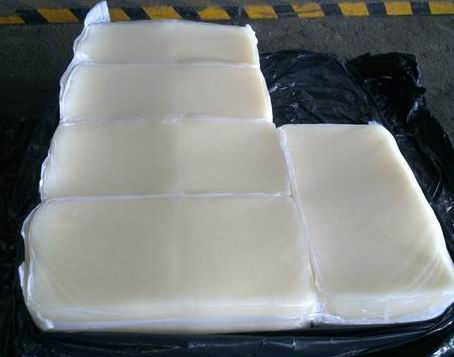
High-impact polystyrene, or HIPS, is polystyrene processed with polybutadiene rubber during polymerization. We’ve been supplying polybutadiene rubber to the high-impact polystyrene industry for 20 years, sourcing from producers in Asia, Europe, and the Americas. Polybutadiene rubber is the second most produced synthetic rubber by volume, behind only SBR. Around 70% of the polybutadiene rubber produced around the world goes into tire manufacturing.
Here are five interesting facts about polybutadiene rubber and high-impact polystyrene:
1. Rigid but flexible plastic products are often plastics blended with synthetic rubber
On its own, polystyrene is a hard but brittle product, resulting in a lot of broken CD jewel cases. But when polystyrene is processed with polybutadiene rubber, the result is a product with the sturdiness of plastic and the flexibility of rubber. This brings us to the next interesting fact:
2. Those ubiquitous red plastic drinking cups are flexible because of polybutadiene rubber
What many people think of as a simple red plastic cup is actually made of HIPS. The flexibility of the cup gives that away. If you are drinking from a thin plastic cup that shatters easily, it might be made out of polystyrene, but there probably isn’t any polybutadiene rubber in that cup. Even foam drinking cups are made out of a form of polystyrene, but that is expanded polystyrene (EPS) and does not contain polybutadiene rubber.
3. Most golf balls have a polybutadiene rubber core
A golf ball doesn’t feel rubbery, but it usually has a synthetic rubber core surrounded by one or more outer layers. Polybutadiene rubber is commonly used as the core of golf balls. Super Balls are made primarily of vulcanized polybutadiene rubber, so it’s easy to see how this material would be useful to a golfer.
4. Polybutadiene rubber, like natural rubber, is sticky if not vulcanized
Polybutadiene rubber is sticky at room temperature. Because of this, when shipped in bales, each bale is individually wrapped to keep from sticking to each other. In order to make polybutadiene rubber — or any other rubber substance — more durable and “finished” on its own, it needs to be vulcanized. The process of vulcanization involves treating the rubber with sulfur (usually) and other additives at a high temperature until it is cured. Many products are made from vulcanized rubber, including hockey pucks, clarinet mouthpieces, and shoe soles.
5. Resin code 6 comprises all forms of polystyrene, including HIPS ♸
If you’ve paid attention to the resin identification codes on the bottom of your plastic products, you might have wondered how different products with the same resin code can feel so different. This is because polystyrene, HIPS, and EPS all share the same resin identification code.
Speak with an Expert
Are you a high-impact polystyrene manufacturer? We supply high-cis and low-cis polybutadiene rubber to the high-impact polystyrene industry. To learn more about how BassTech International can assist you, feel free to reach out to one of our synthetic rubber and polymer experts.
